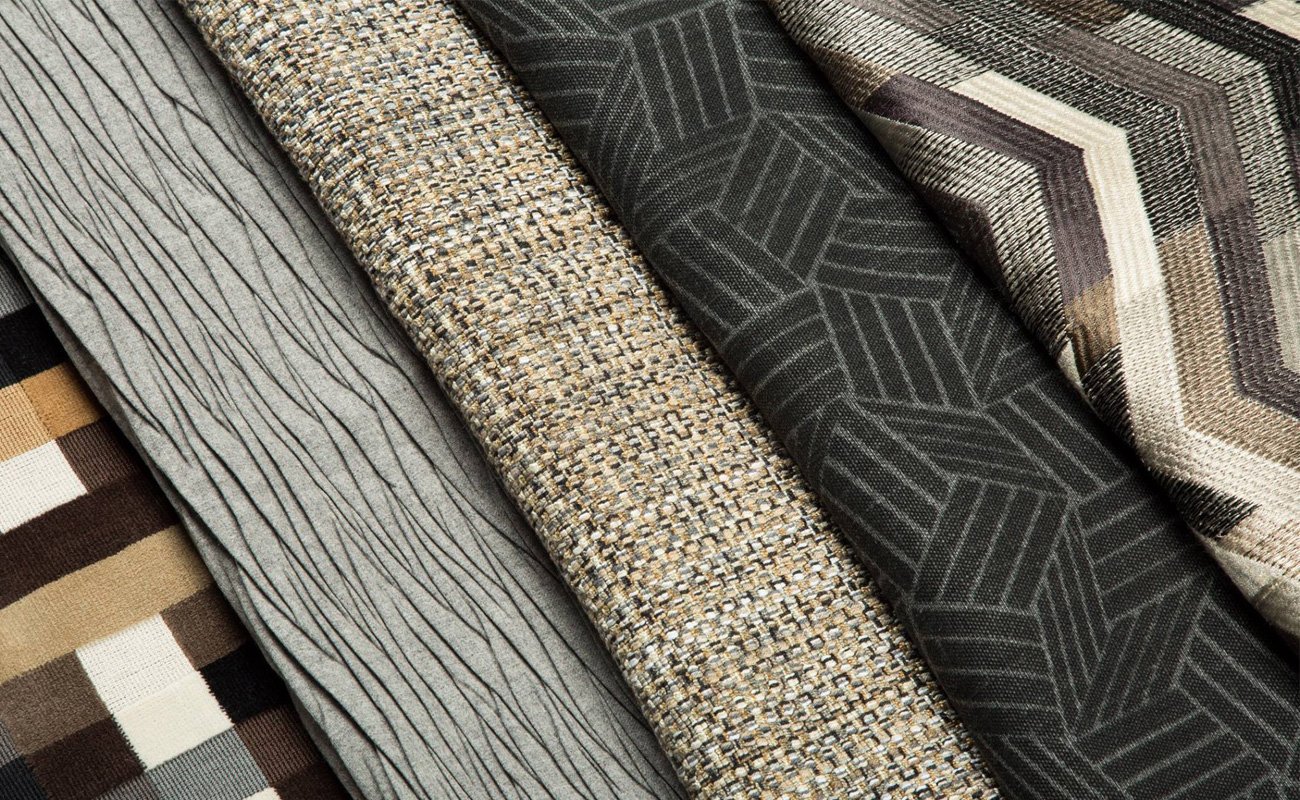Furniture Stain Protection – Effective Resistant or Deadly Chemical?
Under the heading, “What are consumers being told that could affect your business?”, we offer these gems on the critical chemicals used in furniture stain protection from various sources found on the interweb.
First, we must ask what are these chemicals and how are they used. The answer is, they are called PFAS, and this blend of chemicals may be used in just about any capacity and will likely be found anywhere. What are they?
“Per- and Polyfluorinated Substances (PFAS) The per-and poly-fluoroalkyl substances (PFAS) are a group of chemicals used to make fluoropolymer coatings and products that resist heat, oil, stains, grease, and water.” (cdc.gov)
Sounds like magic, right?
What is an example of a PFAS? Well, according to the Wisconsin Department of Health and Services, they may be used in:
Cleaning products.
Water-resistant fabrics, such as rain jackets, umbrellas, and tents.
Grease-resistant paper.
Nonstick cookware.
Personal care products, like shampoo, dental floss, nail polish, and eye makeup.
Stain-resistant coatings used on carpets, upholstery, and other fabrics.
Now the bad news. The magic chemical combinations ubiquitous to so many manufacturing processes and which we pedal as stain protection for our precious fabrics may not be very healthy.
According to the Harvard School of Public Health:
“A recent review from the U.S. Centers for Disease Control and Prevention (CDC) outlines a host of health effects associated with PFAS exposure, including cancer, liver damage, decreased fertility, and increased risk of asthma and thyroid disease.” (Harvard.edu)
Unfortunately, the really bad news is yet to come…

Are PFAS Stain Treatments Effective?
This then is the ultimate question when we consider the possible risks of using these chemicals: Do they work?
In an April 4th article at FurnitureToday.com, serious questions are raised about the effectiveness of these stain-fighting chemicals.
“A new peer-reviewed study published today in the AATCC Journal of Research, calls into question the stain-fighting effectiveness of fabrics treated with PFAS. Scientists conducting the study tested fabrics with PFAS and found that they had limited to no effectiveness versus non-treated fabric, particularly under real-world conditions.
“It was surprising that these harmful but supposedly indispensable chemicals had no practical benefit,” said lead author Jonas LaPier, a PhD candidate in civil and environmental engineering at Stanford University. “It makes you wonder what other uses of PFAS are also unnecessary and could be easily eliminated from products without a noticeable change in performance.
“Using droplets of coffee and oil-based salad dressing, the researchers tested six PFAS-finished and three non-PFAS-finished fabrics used for indoor commercial furniture. For water-based coffee stains, none of the PFAS-finished fabrics performed better than the unfinished fabrics. The stains were minimal and easily removed from finished and unfinished fabrics alike. Only fabric type (polyester vs. cotton/nylon, patterned vs. non-patterned, light vs. dark) affected coffee stain performance.”
For us, this new information raises the ethical question of promoting a stain protection system that may not be effective – and which may be dangerous to use in the first place. The article continued:
“Exposures to PFAS from furniture occur during the manufacture, use, and disposal of finished fabrics, generating health risks for workers, consumers, and communities living near production sites as well as environmental harm, according to the study. Various states have or will be implementing laws banning certain PFAS from products sold in those states.”
There are certainly organic alternatives to stain treatments that contain PFAS and other chemicals. But, this also begs the question of their effectiveness at protecting the beautiful designer fabrics, carpeting, rugs, and furniture you offer your clients.
Ted remains available to answer questions about the furniture stain protection used by the lines we represent and other issues important to interior designers and luxury furnishing dealers. Simply… Get in touch with TD Fall today.
